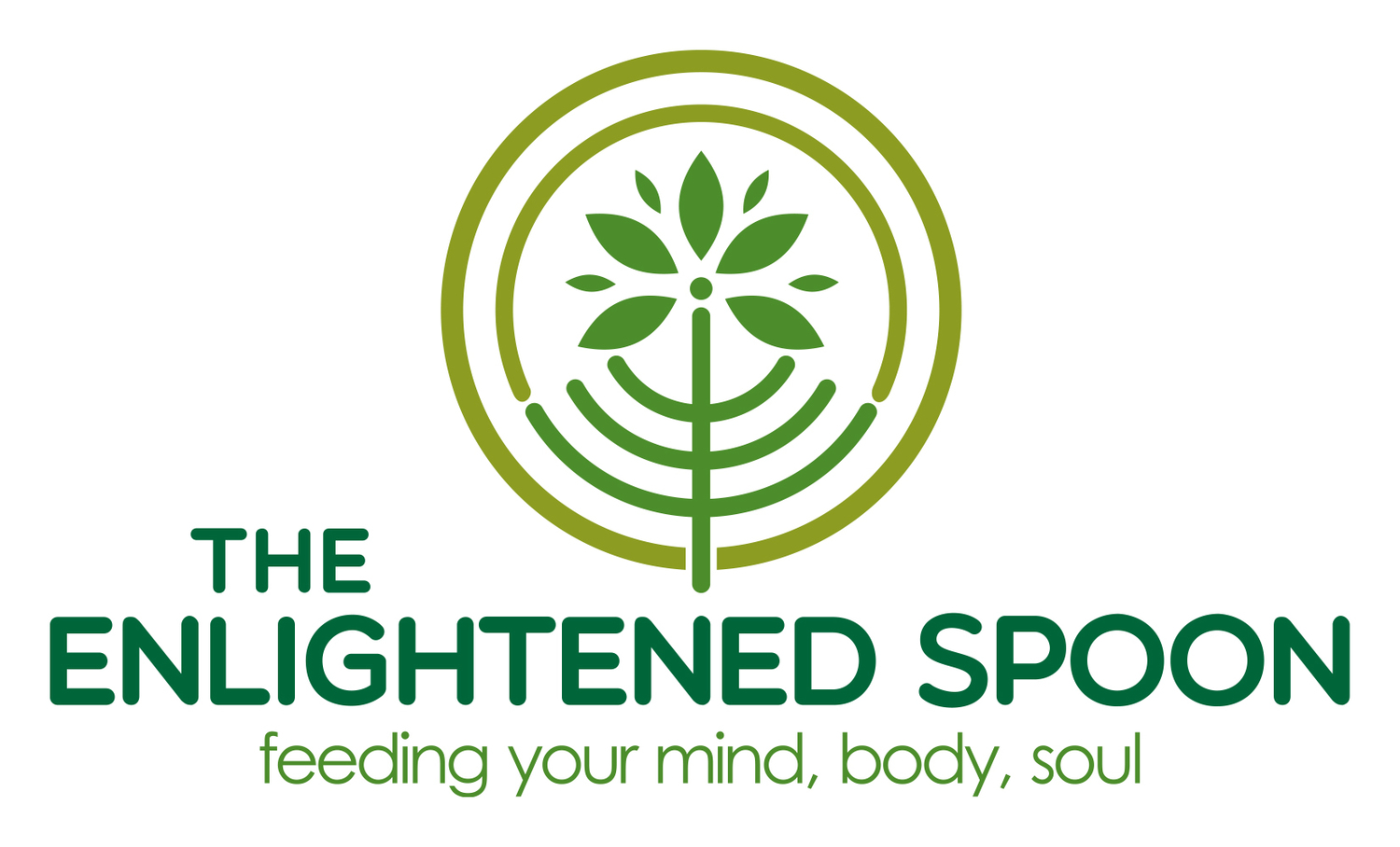How To Reduce Stress and Overwhelm With One Simple Technique
/Take a moment right now and place one hand on your chest and the other on your belly, and observe how you’re breathing.
Are your breaths short and shallow, and is the hand on your chest moving to your breath?
Or is the hand on your belly rising and falling with each breath...
Or perhaps it’s a combination of both?
By becoming aware of how you’re breathing and which part of the body you’re breathing into (the chest versus the belly) - you could physiologically change your anxiety and stress response. Yes, that’s right. By simply controlling your breath, you can reduce your anxiety and stress levels, reducing that feeling of overwhelm - at any time, in any given situation. [1]
What Happens When We Breathe?
Very simply, the diaphragm is a giant dome-shaped muscle that sits at the bottom of the lungs/ ribcage and separates the chest cavity from the abdominal cavity.
As we inhale, the diaphragm contracts and moves downwards - allowing air into the lungs/ chest cavity. As we exhale, the diaphragm relaxes and moves upwards - allowing air out of the lungs/ chest cavity.
This video shows an animated 3D diaphragm in action.
Stressed vs. Relaxed Breathing
What tends to happen subconsciously when we’re stressed, busy or anxious is we internally constrict and pull our energy inwards. This results in much shorter, shallower breaths than usual, with most of our breathing happening higher up in the chest. Breathing this way initiates the stress response in the sympathetic nervous system - and our body kicks into “fight or flight” mode. This further heightens the anxiety/ stress we feel and becomes a vicious cycle that feeds itself.
Conversely, when we take deeper breaths and allow the inhales to fill our belly in the abdominal cavity, this initiates the parasympathetic nervous system through the vagus nerve - and our body kicks into “rest and digest” mode. [2}
This form of deep breathing is also known as “diaphragmatic breathing”, “abdominal breathing”, or “belly breathing”, and invokes a relaxation response. [3]
So the next time you’re rushing to meet a work deadline or the kids are screaming while the soup’s about to boil over on the stove, take a moment to check in with the state of your breath and see where it’s at. Are you tensing up your solar plexus so you’re only breathing into the collar bones? Taking quick, shallow breaths (and enhancing your stressed state)? Maybe even holding your breath?
You can help turn that stressful situation around by simply remembering to breathe slowly and deeply - allowing the inhales to extend as far down into the abdominal cavity as possible. Within a few minutes, your blood pressure will likely reduce along with your stress levels.
How To Engage Diaphragmatic Breathing
I made this video to help show you how to engage deeper belly breaths.
The topline:
Start by laying on your back. Knees bent, soles of feet on the floor.
Place one hand just below the ribcage, the other hand on your chest.
Inhale through the nose and deep into the belly. The hand on the belly should rise (the hand on the chest should be still).
Exhale through the nose. Once you find your deep belly breath rhythm, you can also extend the length of the exhales so the ratio of inhales:exhales is 1:2. Eg. inhale for 3 counts, exhale for 6 counts; or inhale for 4 counts, exhale for 8 counts. Extending the length of the exhales in relation to the inhales further enhances the relaxation response.
If you’re finding it hard to breathe into the belly or you’re not sure if the hand on your belly is rising with your inhale, flip over onto your belly and lie face-down, resting on your forehead.
As you inhale in this position, your belly should rise so that your abdomen expands towards the floor - it’s easier to feel it this way.
Once you get the hang of this, flip over to your back and try again.
Once you get the hang of this laying on your back, you can also sit up and try from a sitting/ standing position - and from here, anywhere you are/ whatever you’re doing throughout the day, you can always take a moment to check in with how and where you’re breathing into.
For more stress reduction techniques, you might want to check out my previous blogs on how to start with meditation or other self-care ideas.
Like my Facebook page where I link to the latest health + wellness news, and join my email list and pick the kinds of updates I can help you with:
REFERENCES:
Mackinn, M (2015). Take a Deep Breath: The Physiology of Slow Deep Breathing. Available: http://www.mindfulnessmd.com/2015/06/27/neuroscience-of-mindfulness-take-a-deep-breath/
Jerath R, Edry JW, Barnes VA, et al (2006). Physiology of long pranayamic breathing: neural respiratory elements may provide a mechanism that explains how slow deep breathing shifts the autonomic nervous system. Available: https://www.ncbi.nlm.nih.gov/pubmed/16624497
Harvard Health Publications, Harvard Medical School (2016). Relaxation techniques: Breath control helps quell errant stress response. Available: http://www.health.harvard.edu/mind-and-mood/relaxation-techniques-breath-control-helps-quell-errant-stress-response












